| Medical Device - Catheter Design and Material Considerations for Sensors |
|
|
|
|
| |
|
| |
The latest medical device news from News Medical |
|
|
|
 | | |
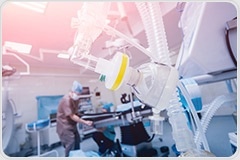 Dependable Oxygen Sensors for Healthcare Devices Dependable Oxygen Sensors for Healthcare Devices
Discover unparalleled dependability with our Electrochemical Galvanic Oxygen Sensors, made in the USA, specifically for essential medical use. Conforming to rigorous ISO standards, FDA, MDSAP, and ISO13485 approved.
Hospitals and clinics widely recognize and trust us for providing oxygen sensors for vital medical equipment such as ventilators, anesthesia machines, incubators, and oxygen monitoring devices. Enjoy the advantage of our sensors' extended lifespan, offering up to 60 months of reliable performance.
| |
|
|
| | |  | | | 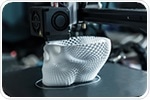 Singapore General Hospital (SGH) patients are expected to benefit from healthcare innovations, such as customized medical devices and implants, under a collaboration with Nanyang Technological University, Singapore (NTU Singapore) to set up a Joint Research & Development Laboratory in additive manufacturing (AM), also known as 3D printing. Singapore General Hospital (SGH) patients are expected to benefit from healthcare innovations, such as customized medical devices and implants, under a collaboration with Nanyang Technological University, Singapore (NTU Singapore) to set up a Joint Research & Development Laboratory in additive manufacturing (AM), also known as 3D printing. | | | | | 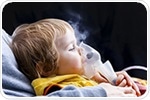 Study demonstrates the effectiveness of an AI-aided stethoscope, StethoMe, for remotely monitoring asthma exacerbations in both children and adults. Study demonstrates the effectiveness of an AI-aided stethoscope, StethoMe, for remotely monitoring asthma exacerbations in both children and adults. | | | | | 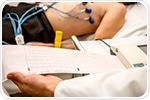 Electrocardiogram (ECG) data from a large retrospective cohort to extract various heart rate variability (HRV) measures. Electrocardiogram (ECG) data from a large retrospective cohort to extract various heart rate variability (HRV) measures. | | | | | 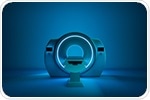 An intense international effort to improve the resolution of magnetic resonance imaging (MRI) for studying the human brain has culminated in an ultra-high resolution 7 Tesla scanner that records up to 10 times more detail than current 7T scanners and over 50 times more detail than current 3T scanners, the mainstay of most hospitals. An intense international effort to improve the resolution of magnetic resonance imaging (MRI) for studying the human brain has culminated in an ultra-high resolution 7 Tesla scanner that records up to 10 times more detail than current 7T scanners and over 50 times more detail than current 3T scanners, the mainstay of most hospitals. | | | | |  Study introduces a novel self-folding nanoscale contrast agent for MRI, enhancing tumor visualization with lower gadolinium loads and reduced risk of adverse effects. Study introduces a novel self-folding nanoscale contrast agent for MRI, enhancing tumor visualization with lower gadolinium loads and reduced risk of adverse effects. | | | | | 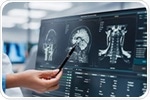 Image-to-image translation model LoHiResGAN. Image-to-image translation model LoHiResGAN. | |
|
|
| | | How would you rate today's newsletter?
| |
|
|
|
|
|
|
|